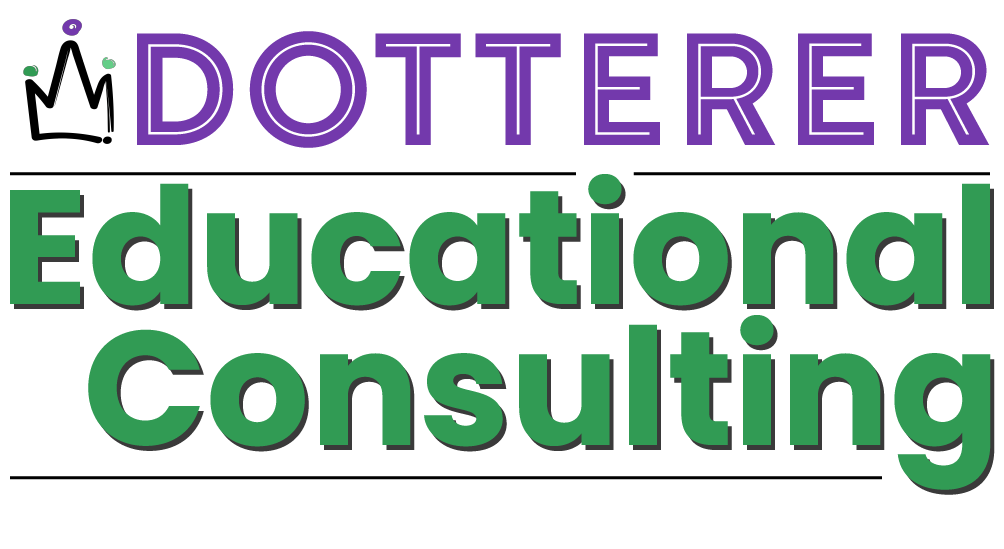Understanding math concepts like subtraction goes beyond memorizing rules—it’s about creating core memories that deepen comprehension and allow students to apply knowledge independently. In the latest episode of Tier 1 Interventions, Cheri Dotterer and Jonily Zupancic discuss how to teach subtraction through the additive inverse and the importance of reference tasks in building lasting math understanding.
Breaking Down the Additive Inverse
Additive inverse teaches students that every subtraction problem can become an equivalent addition problem. Converting equivalent equations into distance reinforces the concept of subtraction. For example,
7-3 = 7+(-3)
By converting the equation to a distance problem, student gain a deeper understanding of numbers on a number line, which is essential for conceptual math skills.

Subtraction is Distance
Reference tasks are core experiences that students return to repeatedly. These tasks allow students to connect abstract math concepts with tangible, contextual exercises, helping them remember and apply what they learn to new scenarios. Reference tasks transform instruction from “talking to” a standard to “teaching through” an experience, leading to retention and comprehension. Although the concept of converting subtraction into distance is not a task, it is an essential reference concept. Teaching students to convert problems into distance breakdown the barriers of the procedure and allows students access to using distance to convert subtraction into core memories.
Responsive Teaching and Core Memories
The importance of responsive teaching—knowing content deeply enough to adapt and respond to students’ needs. By posing thoughtful questions and facilitating guided discovery, educators can foster students’ metacognition, encouraging them to explore their own thought processes and make connections. The most impactful way for instructional delivery to “stick” in student’s working knowledge to first understanding what they understand, then start at this point to begin teaching. Starting where you believe they understand is not always the same. To find out what they understand and make the topic meaningful to students, you must use techniques like “Tell Me About” and “What do you notice?” Join us for Tier 1 Interventions Live Workshops to learn more about how these techniques link to the math classroom and the occupational therapy clinic.
Connection to Occupational Therapy Practice
Responsive teaching is the key to occupational therapy treatment also. Client-centered approach demands that the activity is meaningful to the client. Converting subtraction to distance enhances the visual aspect of the mathematics. Stand with the math teacher, in the classroom, and support students who struggle using this technique.
The episode wraps up with a call to celebrate “forgetting and re-remembering,” a technique that reinforces learning through spaced repetition. Teachers and therapists can interleave practice sessions, allowing students to experience and relearn key concepts, ensuring the lessons resonate long-term. Interleaving means that you, the facilitator, teach other topics and in between the conpet of subtraction as distance.
Occupational Therapy Example of Interleaving Interventions
For example, an occupational therapy session in week 1 could use the floor with a line and tic marks identifying where students jump to next. Week 2 subtraction and distance are not included as part of the session. Use the line on the floor in week for along with the board to set up the mathematics. Use the tic marks to hop the distance. Then, in week 5 repeat the first two sessions asking the student what they remember and helping them re-remember the details. This experience could then be brought to the table to complete the writing portion of the mathematics. Notice that interventions are NOT consecutive. Time to forget the details is essential for a deeper neurological and meaningful connection.

Whether you’re an educator, therapist, or math enthusiast, this episode offers actionable insights into creating a math experience that sticks and core memories that deepen comprehension. Tier 1 Interventions focuses on strategies that turn standards into memorable learning experiences and how occupational therapists can supplement teacher lesson plans.

